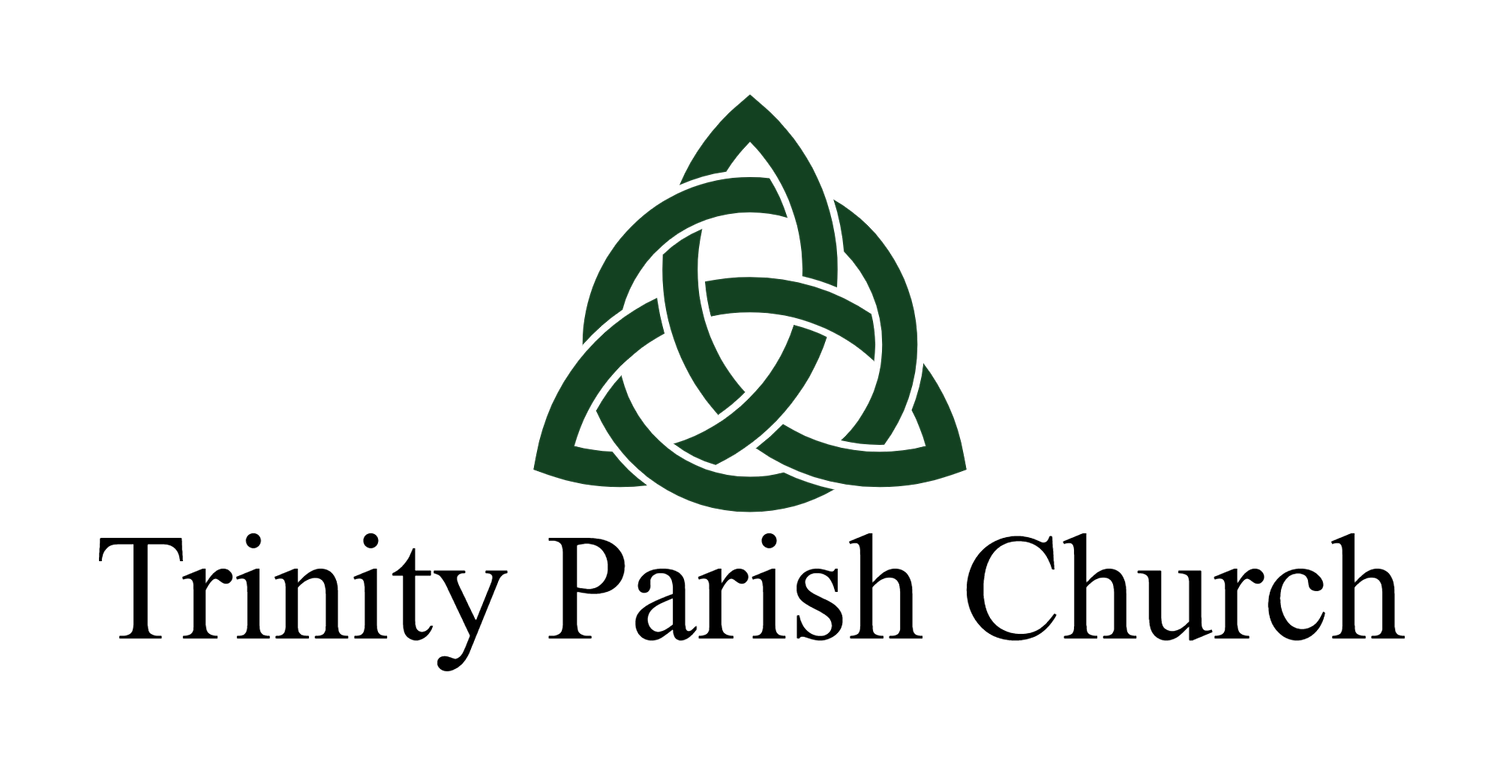Episcopalians worship in many different styles, ranging from very formal, with solemnity and incense, to informal services with contemporary music. Nevertheless, all worship in the Episcopal Church is based in The Book of Common Prayer, the central worship book of our Episcopal tradition. We believe that this gives our worship a consistency that reflects the faithfulness of God within an ever-changing world.
For the first-time visitor, our worship may be exhilarating or confusing. Services will involve standing, sitting and kneeling, as well as sung or spoken responses, that may provide a challenge for the first-time visitor. Here is a little bit of what you can expect:
Praise and Scripture
We begin by praising God through song and prayer, and then listen to as many as four readings from the Bible—usually one from the Old Testament, one from the Psalms, one from the New Testament Epistles, and always a reading from the Gospels. The psalm is usually sung or recited by the congregation. All of our hymns and songs will be in our Hymnal 1982 in your pew rack.
The priest will then give a sermon, highlighting the Gospel of Our Lord through what we have heard in the readings for the service.
The Creed and Prayer
After the sermon, we recite the Nicene Creed, the ancient affirmation of our Christian faith. Written in the 4th century, it is a foundational statement of our Christian church, giving particular attention to the nature of the Incarnation of Jesus Christ.
Next, we pray together for the Church, the world, and those in need. We pray for the sick; we thank God for all the good things in our lives; and we pray for those who have died, believing that they continue their journey in the nearer presence of God.
The Confession
Then, we communally confess our sins in the presence of God and one another. This is a corporate confession of our sins: what we have done, and what we have left undone. It is followed by a pronouncement of absolution, in which the priest, acting in the person of Christ, pronounces the forgiveness of sins found in Christ Jesus.
The Peace
We then greet one another in the sign of the Peace. The Peace is more than simply a greeting or welcome. It is the recognition of our community’s share in The Peace of Our Lord, constituted by the forgiveness of sin, reconciliation with God and each other, and the promise of eternal life in Jesus Christ.
The Holy Communion
After this, we then prepare ourselves to receive the Blessed Sacrament of Jesus Christ’s Body and Blood. This is the principle act of worship in the Episcopal Church, which is also called the Holy Communion.
The priest stands at the altar, and receives the offerings of bread and wine used for the Holy Communion. The priest consecrates the bread and wine in the Eucharistic Prayer, and then we recite the Lord’s Prayer.
All baptized Christians (regardless of age, denomination‚ how often you attend church, or anything else) are welcome to receive communion. Episcopalians invite all baptized people to receive, not because we take the Eucharist lightly, but because baptism fully incorporates us into the life of Jesus Christ and of his Church.
Visitors who have not yet received Christian Baptism are welcome to come forward during the Communion to receive a blessing. If you wish to receive a blessing, simply cross your arms over your chest when you come up at the altar rail. If you desire to follow Jesus Christ in the Sacrament of Baptism, the priest would love to talk with you after the service to make arrangements and to invite you to join our community of faith.
Go in Peace to Love and Serve the Lord!
At the end of the Eucharist, we pray in thanksgiving for receiving the Blessed Sacrament. We are then dismissed to go into the world and continue our life of loving God and our neighbor.
How We Worship
The Church Calendar
Advent is a season of solemn preparation before Christmas, beginning on the fourth Sunday before Christmas. The season is a time for remembering Christ’s incarnation and also his promise to return.
Christmas is the celebration of Christ’s birth and incarnation. It begins on December 25 and continues for 12 days, ending on January 5, the eve of the Feast of Epiphany.
Epiphany begins on January 6 with the feast and continues until Ash Wednesday, the beginning of Lent. It commemorates the recognition of the divine status of Jesus by all people informed by the Spirit of wisdom throughout the world.
Lent is the season leading up to Easter and is a time of penitence and prayer. Lent begins on Ash Wednesday and last 40 days, excluding Sundays, until Easter. Lent is a more somber time in the church; “alleluia” is not spoken, and the liturgical decorations are more austere.
Holy Week is the most significant week of the church year. It begins on Palm Sunday and ends with the celebration of the Easter Vigil. The week, which includes Maundy Thursday, Good Friday, Holy Saturday, marks the final days of Jesus’ life, from the time he entered Jerusalem, through his trial, crucifixion and death. Easter is the church’s most important feast, marking the resurrection of Christ.
The Feast of Pentecost, a remembrance of the Holy Spirit descending on the apostles, begins a new season, which runs until the first Sunday of Advent. This season after Pentecost is sometimes referred to as Ordinary Time.


